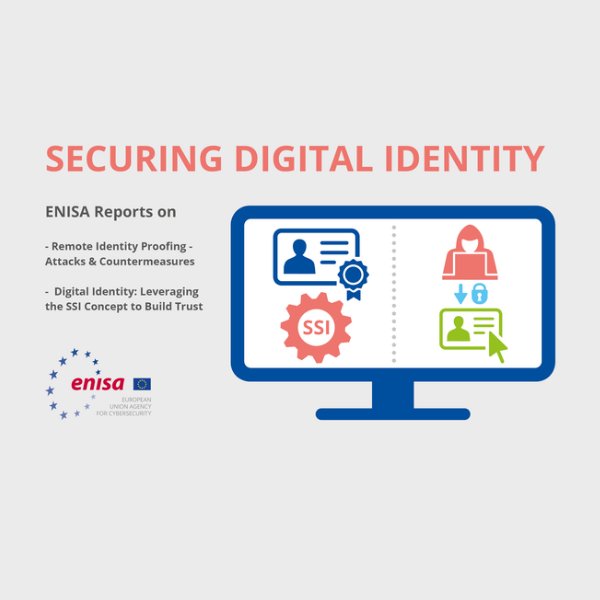Beware of Digital ID attacks: your face can be spoofed!
It is essential that digital identity is kept highly secure for a safe access to financial services, e-commerce, delivery or transport platforms, telecommunications and public administration services.
Under this light, it is the purpose of the EU regulation on electronic identification and trust services, or eIDAS Regulation, to provide a common foundation to secure electronic transactions between citizens, businesses and public authorities.
A key objective of the eIDAS regulation is to secure electronic identification and authentication in cross-borders online services offered within Member States. Today’s publications support the achievement of this objective of the regulation. In addition, the regulation also addresses identity proofing in the different contexts where trust in digital identities is necessary and elaborates on qualified certificates to allow for other identification methods.
The area of identification has seen a new trend emerge over the past few years in the self-sovereign identity technologies also referred to as SSI. The new report explains what these technologies are and explores their potential to achieve greater control of users over their identities and data, cross-border interoperability, mutual recognition and technology neutrality as required by the eIDAS regulation.
Click here to read more.
Source and photo credits: ENISA




